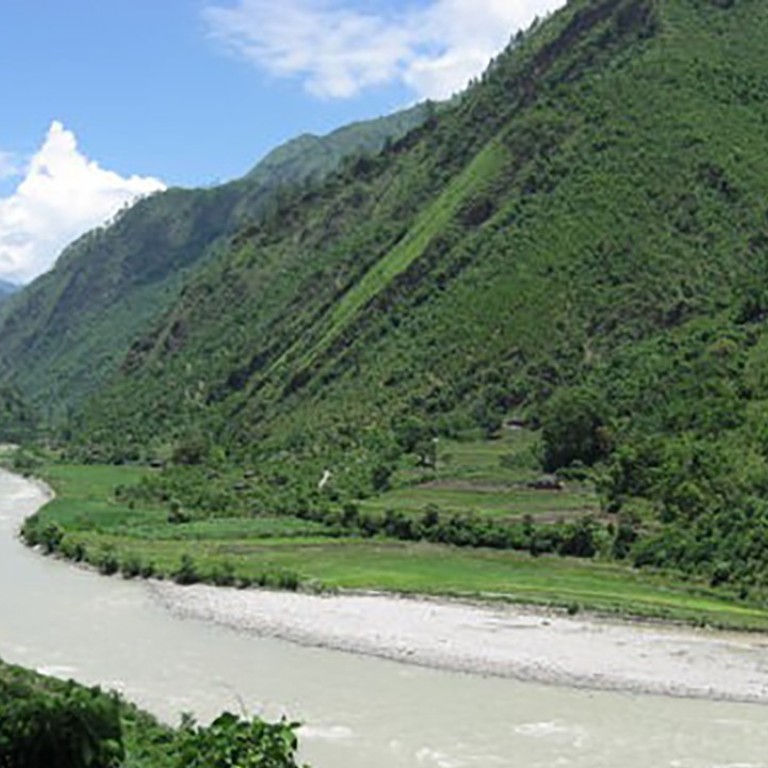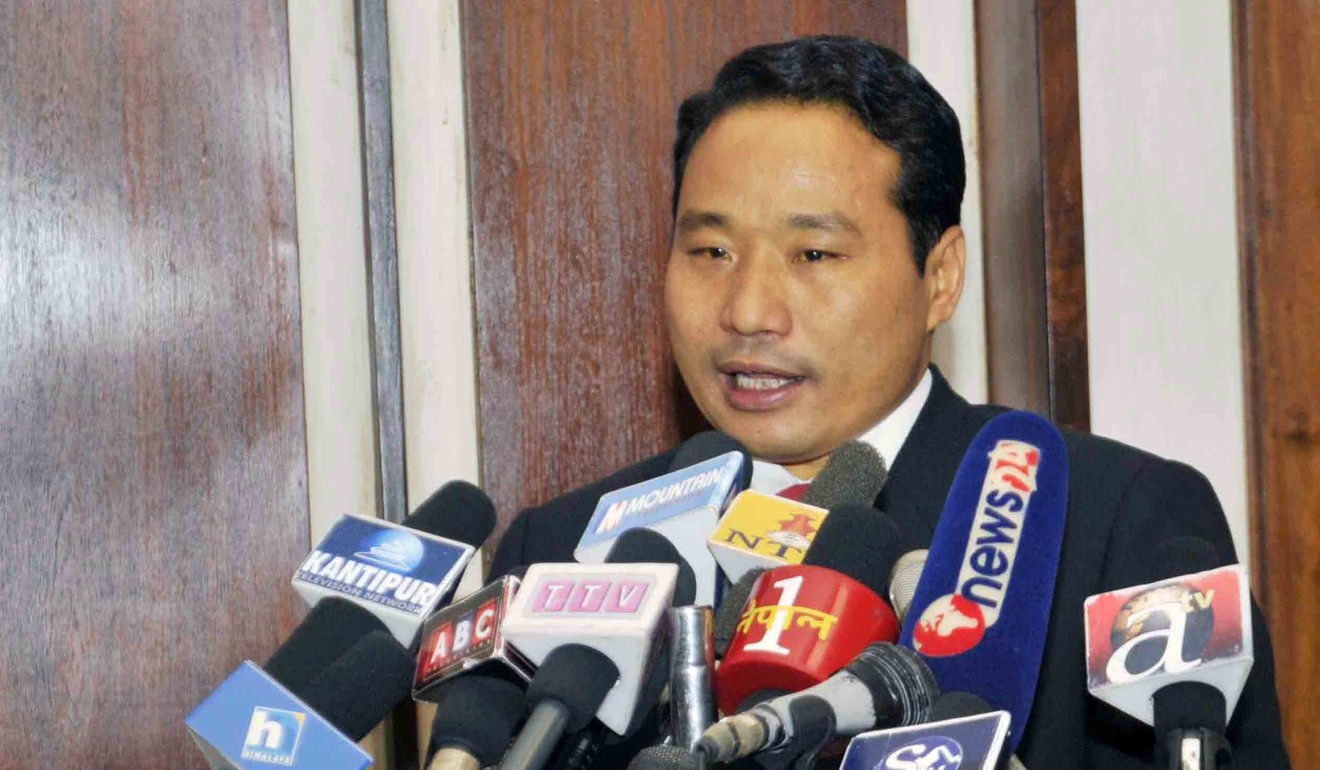
Fate of US$1.8bn Chinese dam project up in the air after Nepal ministers send mixed signals
Uncertainty deepens over US$1.8bn Belt and Road scheme after Nepalese energy minister appears to contradict colleague over whether deal to build it will be scrapped
Confusion about the fate of a Chinese-funded mega dam deepened on Tuesday as Nepalese ministers apparently contradicted each other about whether the US$1.8 billion deal would go ahead.
Last week the country’s finance minister had indicated that the deal with a state-owned Chinese firm to build the West Seti project would be cancelled and Nepal would fund the project itself.
The announcement appeared to be the latest blow to China’s transcontinental Belt and Road Initiative after Malaysia and Myanmar were reported to be reconsidering whether to go ahead with other major projects.
But Chinese state news agency Xinhua has now weighed in by saying that the original plan would still go ahead.
Its report quoted Nepal’s energy minister Barsha Man Pun as saying: “The West Seti project is still in the hands of [China Three Gorges Corporation] and we are ready to continue with CTGC if it is eager to develop this project.”
He added that Nepal could not develop these mega projects without overseas investment or loans, saying that the government was “exploring options” on how to have the dam built.
However in his annual budget statement last week the country’s finance minister Yubaraj Khatiwada said the country would fund the scheme itself and was scrapping the deal with China.
The Nepal government has yet to respond to a request for comment and the CTGC could not be reached for comment.
The uncertainty about the status of the Nepalese project is the latest difficulty to hit Beijing’s plans to expand its global influence through the US$900 billion Belt and Road Initiative – an ambitious series of infrastructure projects linking Asia, Europe and Africa.
Critics of the project have warned the some of the countries involved may be running up unsustainable debts and have questioned China’s intentions.

In the past week, Malaysia and Myanmar were also reported to be reviewing megaprojects financed by China.
Malaysia’s newly elected Prime Minister Mahathir Mohamad said he would scrap a US$13.8 billion high-speed rail project linking Kuala Lumpur to Singapore to cut debts.
Myanmmar’s government was also reported to be reviewing a US$9bn Chinese deep water port in the country’s Western Rakhine state, and “looking for ways to negotiate down the costs”, according to a report by the Financial Times on Monday.
The fate of other Belt and Road projects in Nepal has also been left in doubt.
The government said last year that it would scrap a deal signed by the previous administration with China’s Gezhouba Group Corporation to build a 1,200MW Hydropower Project at Budhi Gandaki.
But there was yet another change of government in December and two months later the new Prime Minister Khadga Prasad Sharma Oli told This Week in Asia that he was keen to revive it.
Meanwhile the final deal on setting up a joint venture for the 750MW West Seti project was signed just three days after the decision to cancel the Budhi Gandaki scheme.
The deal indicated that CTGC would have a 75 per cent stake in the scheme with the remaining 25 per cent held by the Nepalese authorities.
Both Nepalese and Chinese experts said the uncertainty surrounding the two projects was a result of the country’s domestic politics and the balancing act it had to make between the region’s major powers – India and China.
Bhaskar Koirala, Director of the Nepal Institute of International and Strategic Studies, said he believed conflicting statements from ministers were also due to a need to keep both pro-Indian and pro-Chinese forces inside the country happy.
The current ruling government in Nepal is a coalition between two communist factions, which is seen as being generally pro-China.

But Koirala said that despite this perception, the latest developments suggested things would not necessarily go China’s way.
He argued that what parties think “before and after the election is very different”, adding that any government would try to strike a balance between China’s Belt and Road Initiative and Indian Prime Minister Narendra Modi’s neighbourhood policy, which is designed to improve ties with other countries in the region.
“It is not as simple as statements made during the election period,” Koirala said.
Zhao Gancheng, head of South Asian studies at the Shanghai Institutes for International Studies, said
“India’s pressure on the South Asian countries has always brought along uncertainties and that will remain the case.”
He also said that China expected that other countries’ domestic politics would present a challenge to Belt and Road projects.
But he added: “Countries like Nepal, they are sovereign states and they can make any decisions they want as long as they pay the penalty stated on the contract.
“But in the long run, how are they going to make China confident about putting in investment if they keep changing the decisions made between different administrations?”

